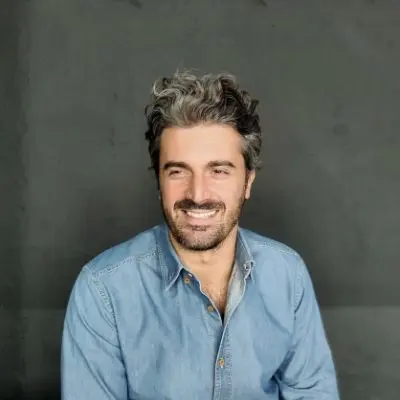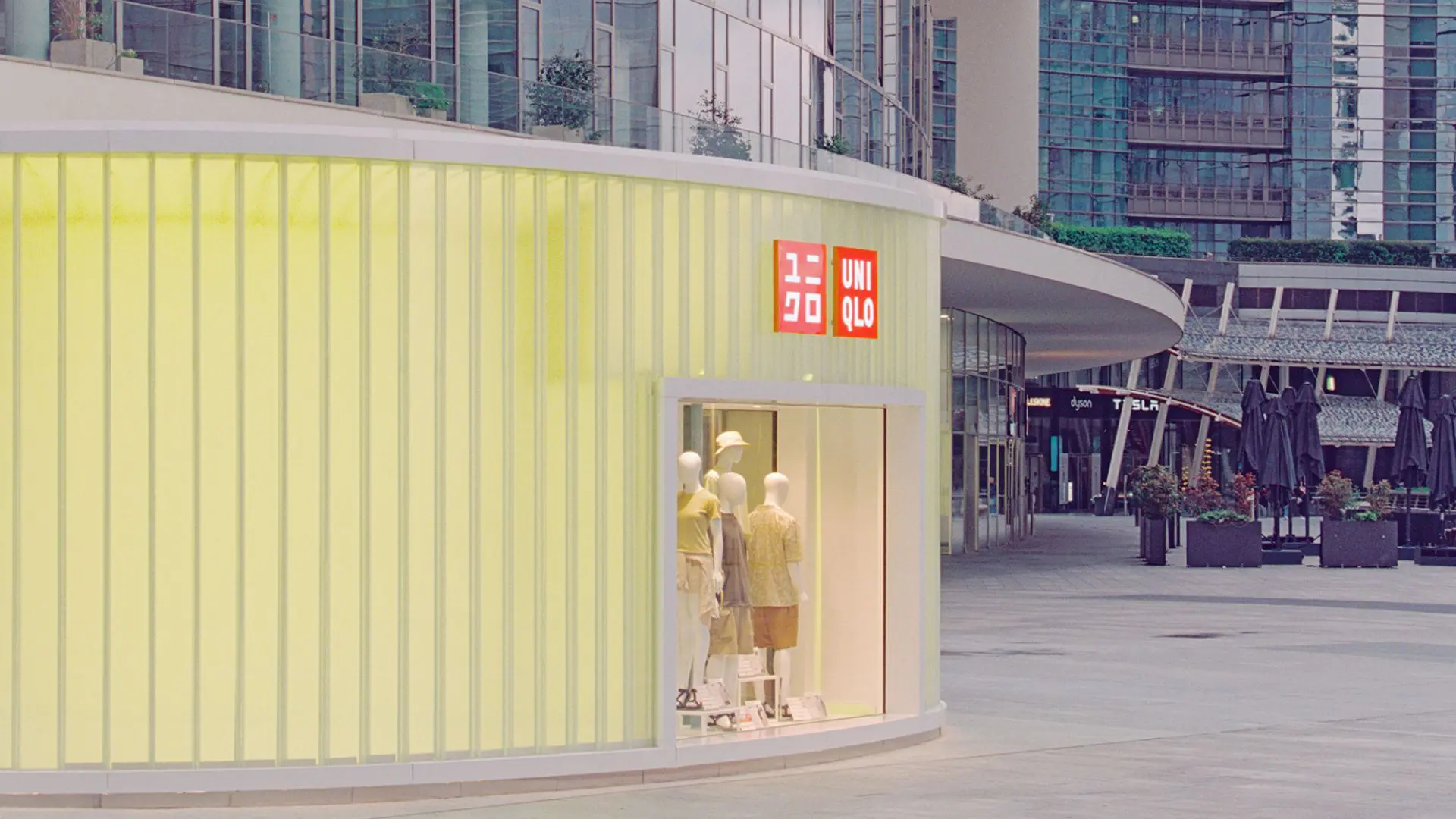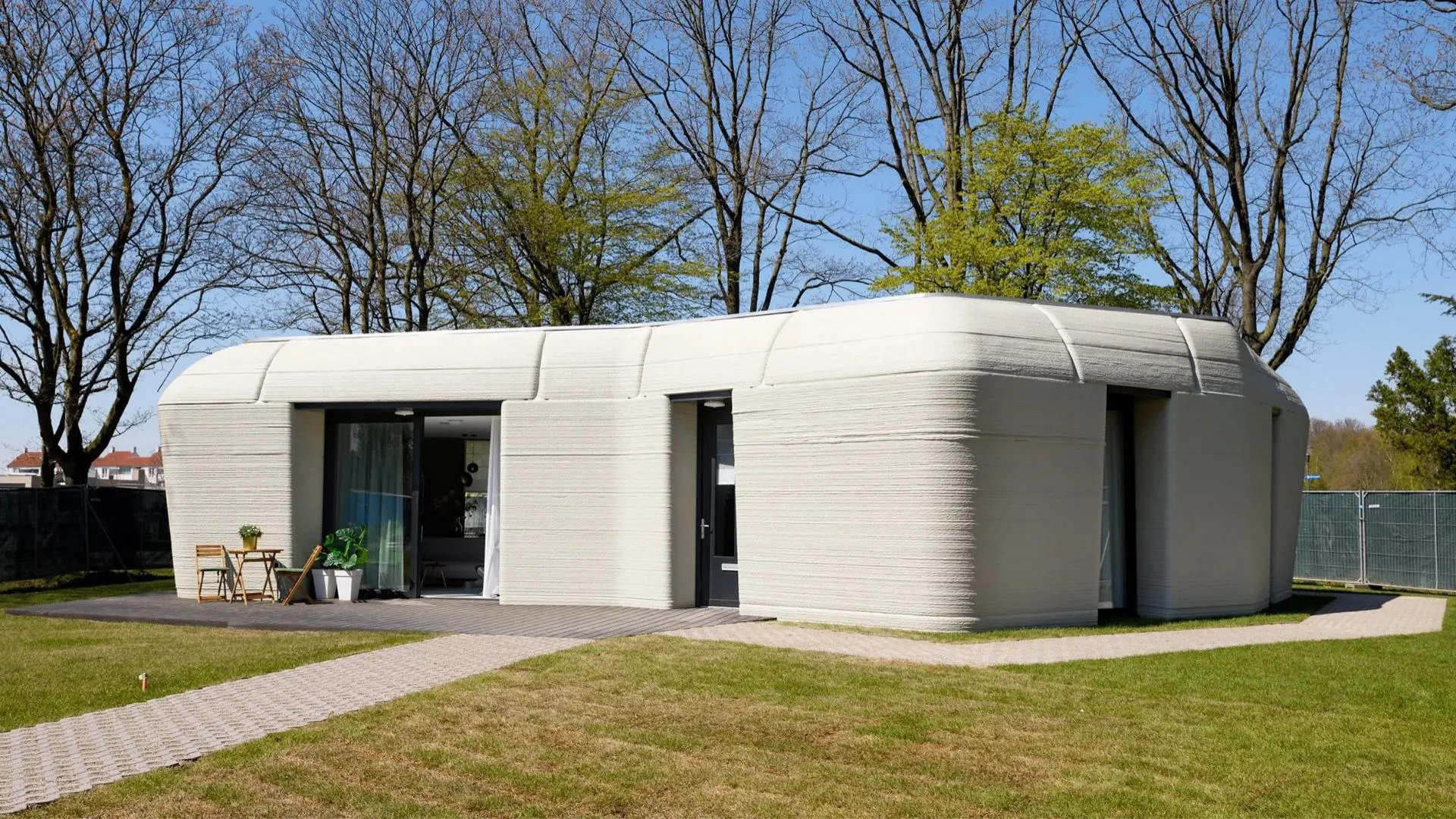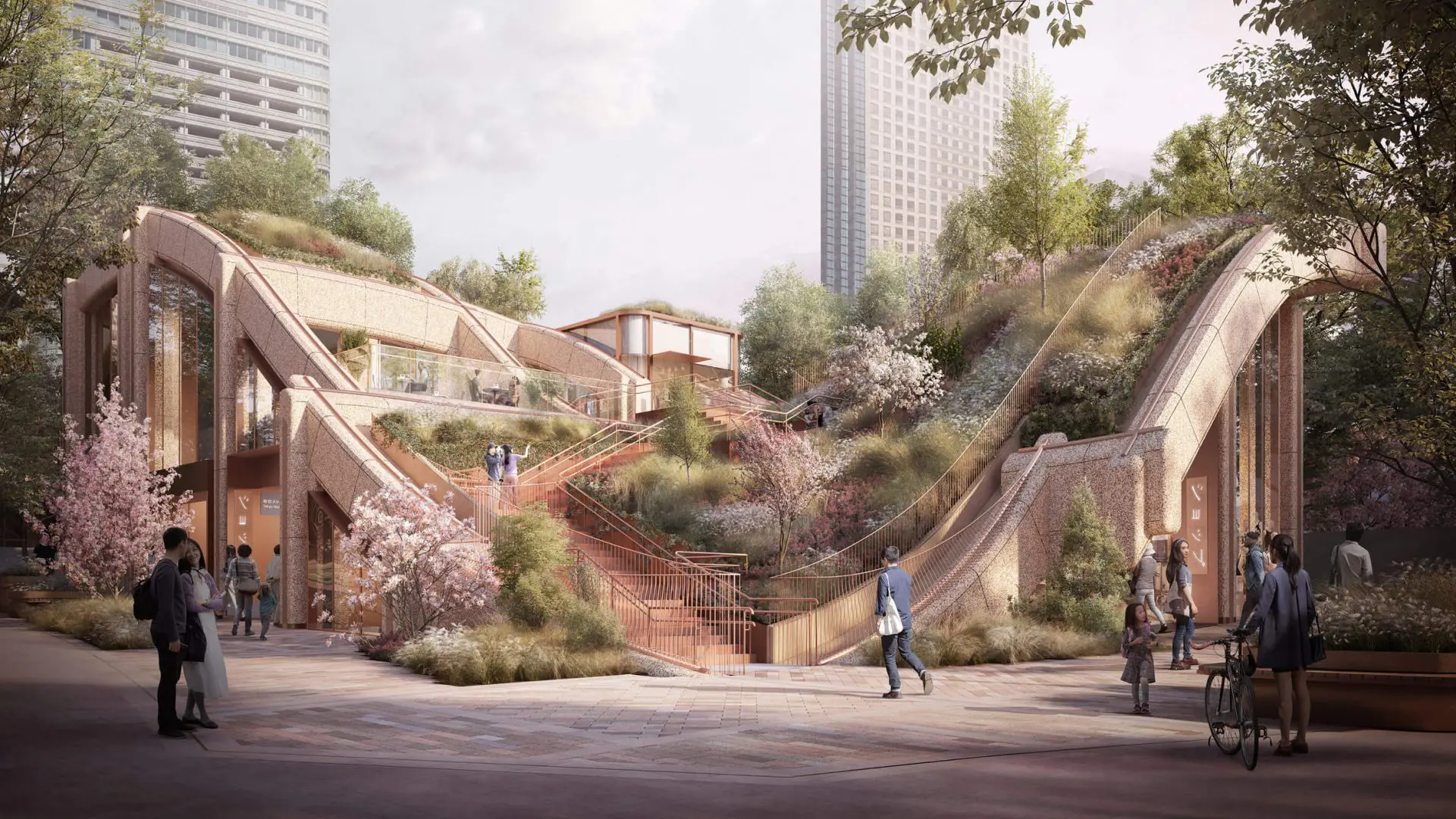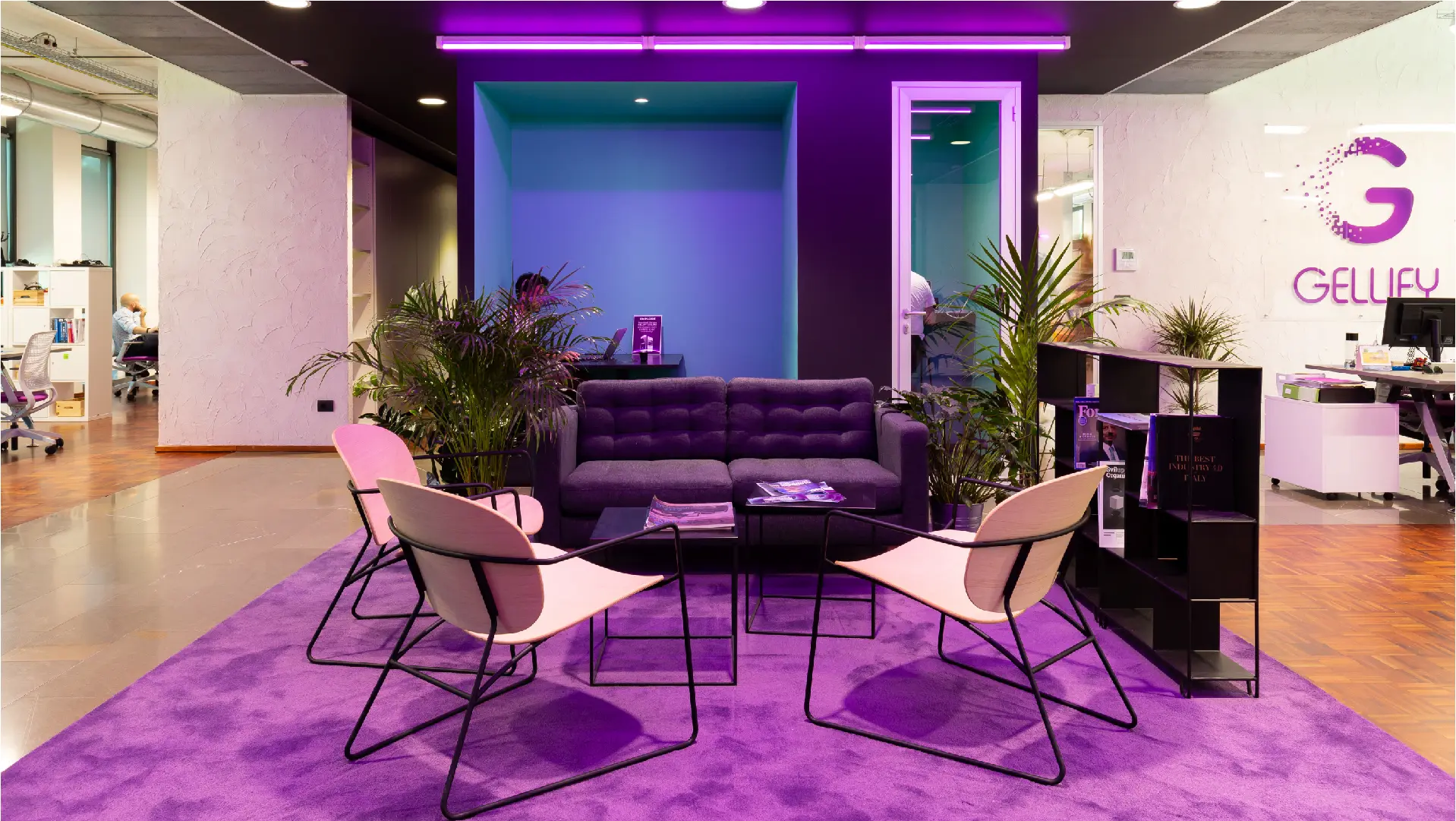Look for deep inspiration in art – Interview with Francesco Librizzi
His works are focused on the essential features of space and the way its tectonics are influenced by objects, structures and humans

Francesco Librizzi is the Architect and Founder of Francesco Librizzi Studio, which deals with architecture, interiors, exhibition and product design, founded in Milan in 2005. His works are focused on the essential features of space and the way its tectonics are influenced by objects, structures and humans.
His notable interior architectural projects include Casa C, (Domus n. 958) and Casa G (Abitare magazine n. 538 cover project). He also designed the Italian Pavilion in 2010 for the Venice Biennale, several installations for the Milan Triennale, and is currently involved in a series of lamps designed projects for FontanaArte.
Many of his projects have been awarded with prestigious prizes, including the ‘AZ Awards 2015, Best Residential Interior’, the ‘Award Archmarathon 2015, Private Housing ‘, the ‘Prix Émile Hermès 2008’, the ‘Honorable Mention Compasso d’Oro 2014’.
Since 2008, Librizzi cooperates with universities and design academies in Italy and abroad. He currently holds the position of Guest Professor in Interior Architecture at the Master Interior and Living Design at Domus Academy and at the Faculty of Architecture of Genoa.
I had the chance to interview him thanks to our cooperation with the event Business of Design Week, and I got some great insights for any design passionate. Enjoy it!

You use lines as if the contents were not important, or primary. Or, differently said, lines become content too. This characterizes, in my opinion, many of your works. Thinking of young students looking for their personal touch, what are your advices to find an authentic design style?
Francesco Librizzi:
“My works are driven by a “sense of space”. The lines I draw into the void are small traps i place to let life match gravity. Thus objects and people through my structures find their own place in the space and this relation is made visible by the clear tectonics of the layout.
I always start a project defining in plan and section a clear logic to get out of the void and make the space meaningful. This is common to all of my works and reflects my mindset. What you call a “style” is a direct consequence of it and mirrors what I think of space, life and everything.
This is why my work results coherent. So at the end the suggestions to a young student are “set your work according to what you feel and what you believe, then make it visible”.”
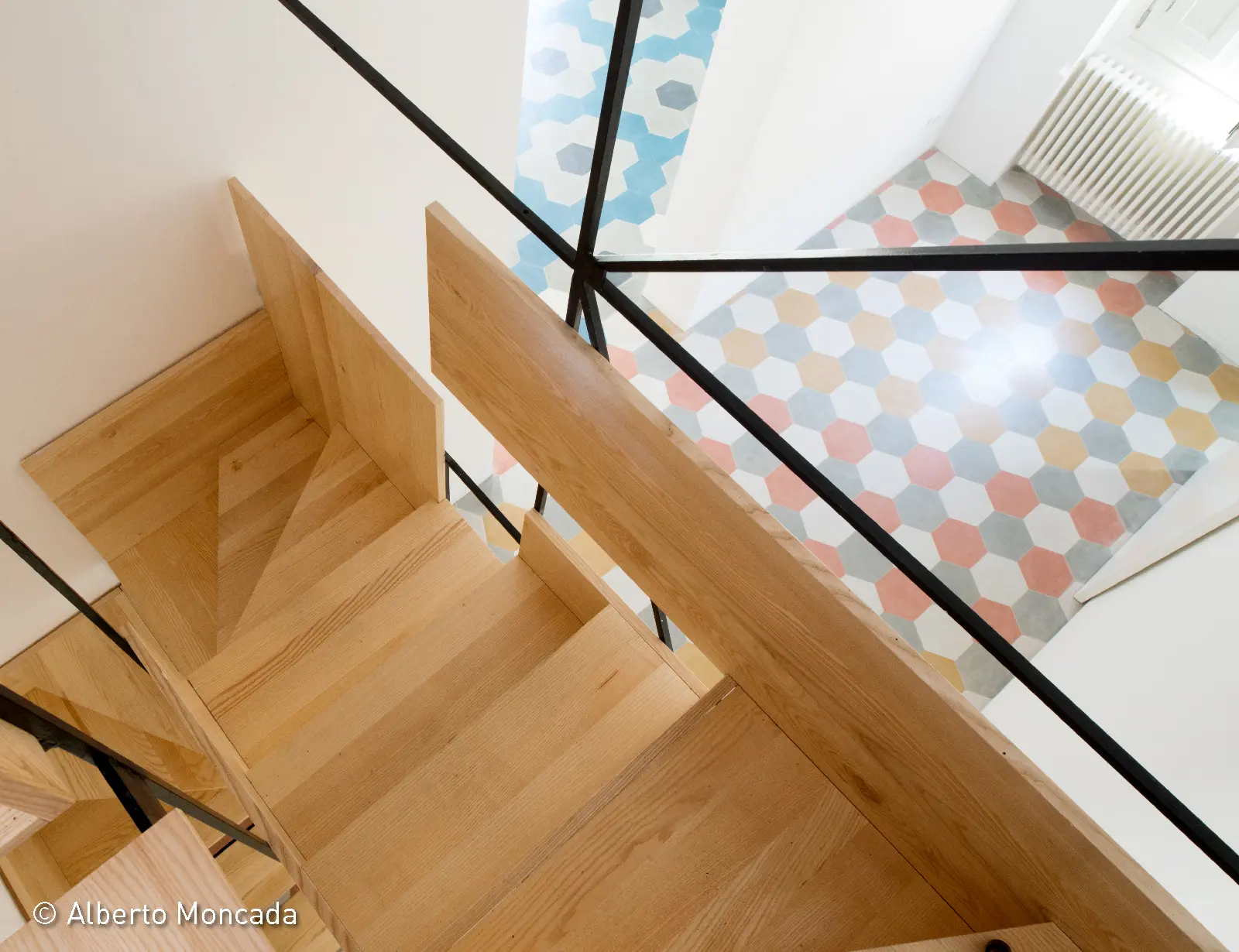
One of my favorite projects of yours is the new staircase built in the old fisherman’s cottage in Cefalù (Casa G). What did lead you to that solution?
Francesco Librizzi:
“The spaces of this house are carved out of a cluster of “rooms”, built one above the other along several centuries. On top of everything there is a terrace 20 meters distant from the Mediterranean sea, facing west.
There is a natural clock that every day starts at late afternoon and drives everyone is in the house to the terrace when the sun goes down to participate to the unbelievable show of the sunset on the water.
Naturally the staircase became the medium between the nature outside and the interior space of the house. And this made it very important.”
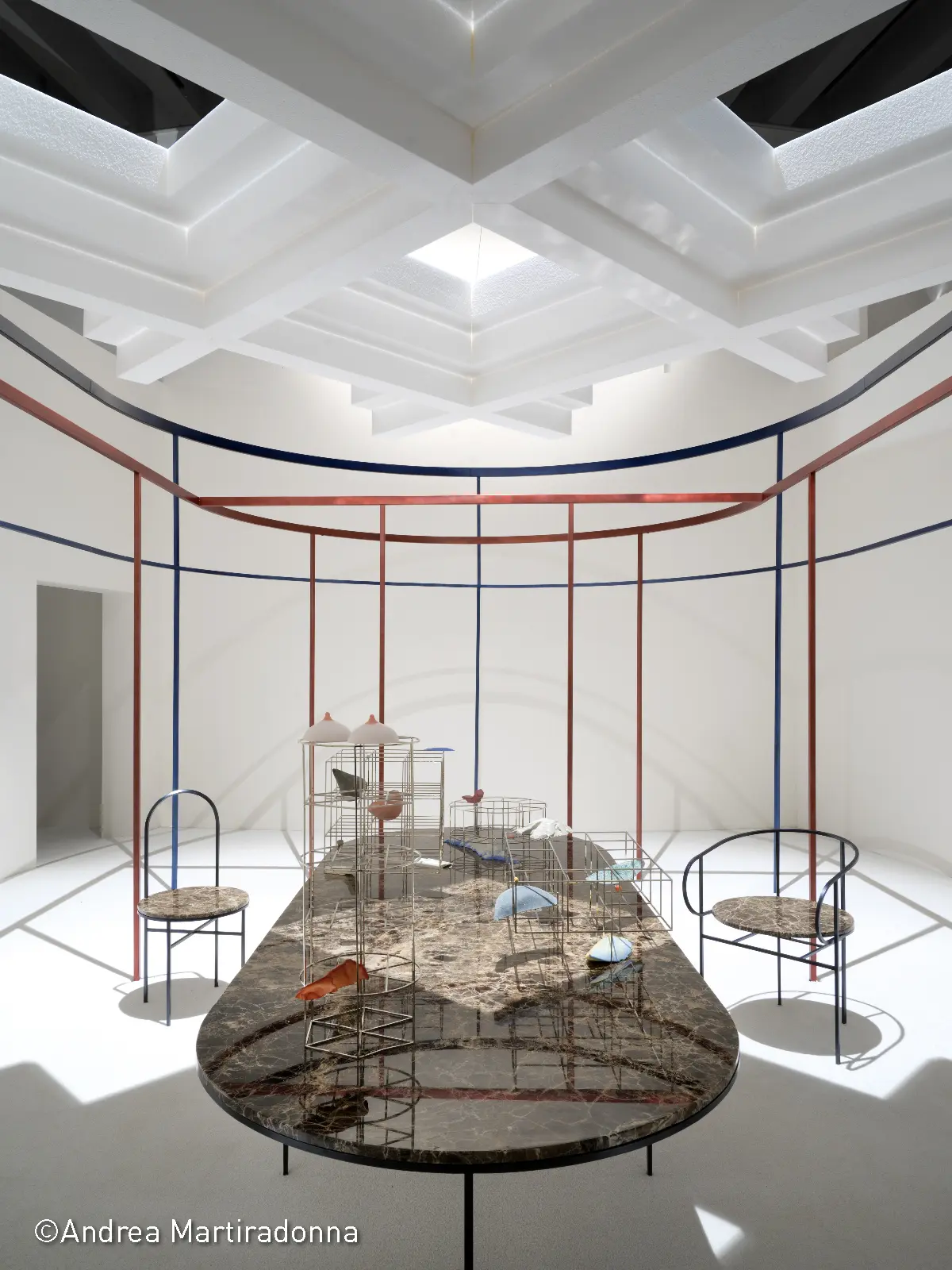
A current theme within the society is smart working. Having the chance to work differently, and better, maybe from home or travelling, is a huge trend. How can ‘interior and living design’ have an impact on this?
Francesco Librizzi:
“The way we work changes very quickly. It is not possible to “freeze” the way we live and keep it constant in time. Architecture usually, requires decades to be built and then is meant to go along with “longer waves”.
Interiors can change much quicker: retail shops, restaurants and bar can change from one week to another and be perfectly tuned with a “new” situation.
Actually interior design is a tool to mediate the relation between people and the cities, and it can changes at the speed that move the life of a person. So actually rather than about “impact” I would talk about the “synchronized” relation interior design is able to set with life.”

I know you are a Professor at Domus Academy and at the Faculty of Architecture of Genoa. Our audience is mostly made by millennials, often still studying or approaching their first work experiences. Is there any advice you would like to share to inspire their career?
Francesco Librizzi:
“Believe in what you do and Love it. Make it seriously. At work surround yourself with people you like: you are going to spend a lot of time together. Talk with many persons. Compare your work with all the works have been realized even by great masters. Look for deep inspiration in art. Don’t copy paste from Pinterest: this kills design and eventually will kill the designers.”

